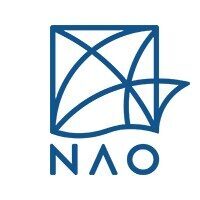Rota Island (Commonwealth of the Northern Mariana Islands) is 85.38 km2 in size. The prehistoric period, as in the Mariana Islands at large, could begin ca. 1500 BCE, and the historical developments on the archipelago since then are objects of intense archaeological study due to its complexity. NAO focuses on a comparison between the population and land use on Rota before and after the first European contact, which occurred in 1521, when the expedition led by Fernando de Magallanes (or Magellan) touched on Guam.
In the following years until the Jesuit mission colony in 1668, Guam and Rota (the two Mariana «high» islands that would have been the first landfall of vessels crossing the Pacific on the North Equatorial Current/tradewind) received the highest number of Spanish, English and Dutch ship visits: up to 135 vessels, identified by historian Marjorie Driver. The vast majority of those visits would have been to the leeward (west) coast of Guam. On Rota, there were also Dutch and Spanish interactions in the pre-mission period (Frank Quimby, pers. comm. June 1, 2022).
Additionally, the Manila Galleons navigated the 30-mile wide channel between Rota and Guam (on their way to the Philippines) each year from 1570 to 1667. CHamorus from both islands came out to trade with these ships and several missionary and crewmen sojourners from the galleons are recorded on Rota (as well as on Guam) in the early 1600s (Frank Quimby, pers. comm. June 1, 2022).
Thus, Rota received direct contacts, but most of the potential effects on the island and its people would have been through Guam. Marianas historian Judy Flores has noted the interisland cultural connection between Umatac on Guam’s southwest coast (which received most of the European visitors in the 16th and 17th century because of its relatively protected anchorage) and villages on Saipan are well attested. Marjorie Driver also noted a similar inter-island trading/kin-group connection between northern Guam (Pago village) and Rota.
This would support the principal insight of our work on Rota, ie. that because of the frequent CHamoru navigation and trade among the islands, those connections could have been significant vectors for the spread of European-introduced diseases and new species during the 16th century, before the Spanish officially settled in the islands. Guam, the first island ever contacted by Europeans in 1521 AD, would have been the major focus of introduction of new species, including human pathogens.
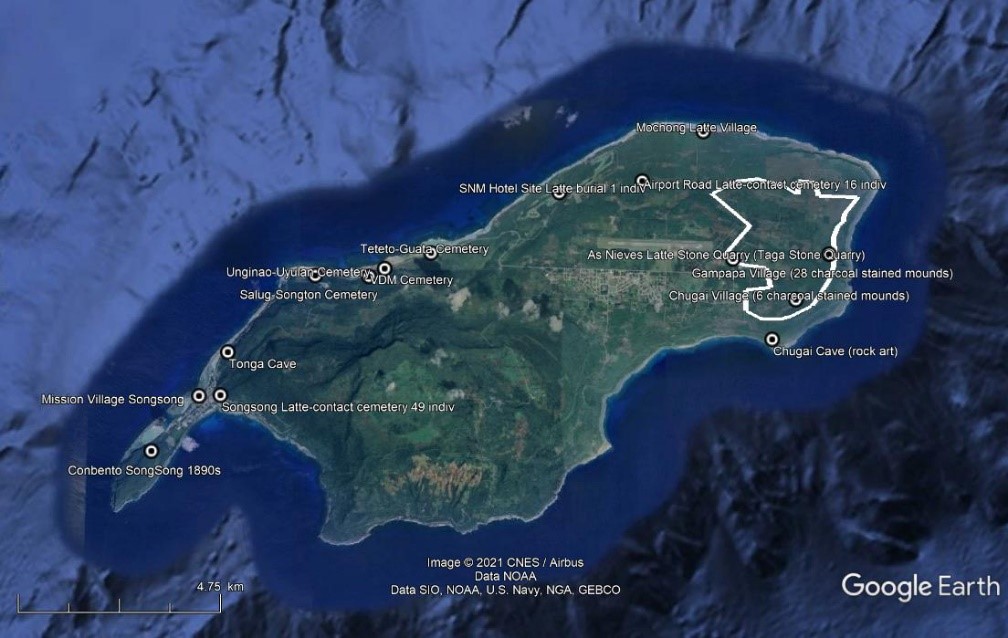
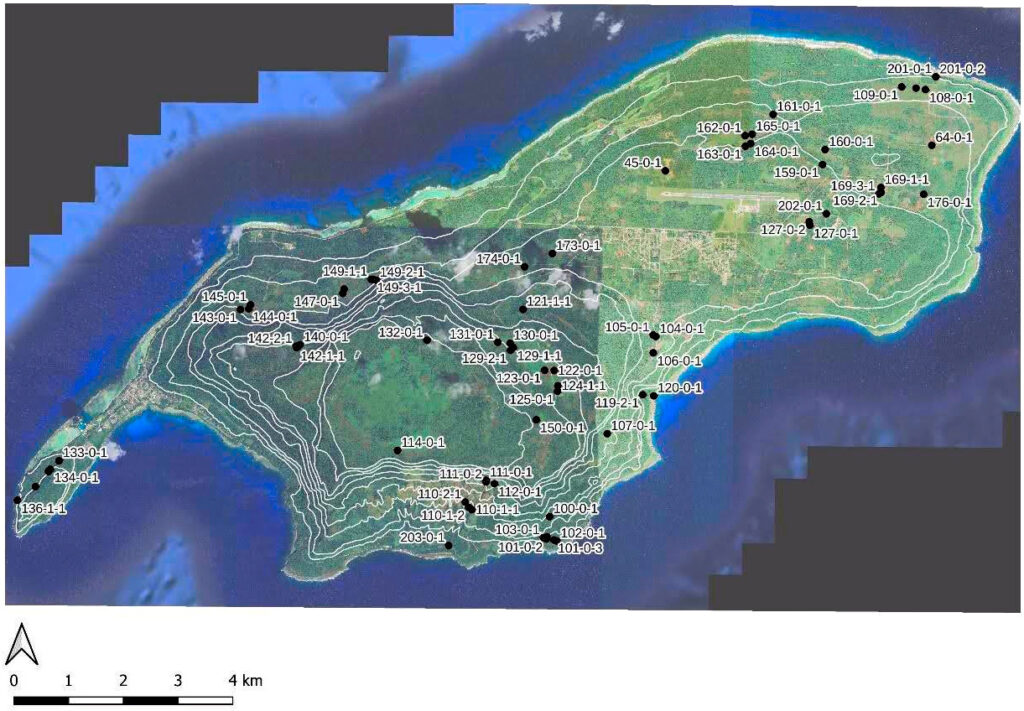
At least three wrecks of Manila Galleons in the Marianas (pre-colonization) resulted in intense interaction between CHamorus and Spanish and Filipino crewmen and officers, and could have served as «super-spreader» events for European diseases (Frank Quimby, pers. comm. June 1, 2022): The San Pablo in 1568 near Umatac; the Santa Margarita on the northern coast of Rota in 1601; and the Concepcion on Saipan’s southwest coast in 1638. All occurred before the 1668 mission landed.
The Jesuits indeed referred how the islanders knew epidemics that broke out in the islands shortly after the visit of the annual galleon as the ‘sickness of the ship’, potentially well before colonization (Charles le Gobien, Histoire des Isles Marianes, nouvellement converties a la Religion Chrestienne (Paris l700), 166 / Bustillo, 23 May 1690, ARSJ, Filipinas 14, ff 76-77; both in Hezel and Driver 1988).
In this context, Rota offers an ideal case study to investigate the indirect effects of contact, through an emphasis on the analysis of settlement patterns and the potential introduction of new species. NAO’s hypothesis is that a shift of population from inland to coastal areas started in the 16th century potentially caused by heavy population decline, due to a combination of overexploitation and loss of biodiversity with newly introduced diseases.
A significant archaeological record has been uncovered through CRM archaeology on Rota’s coastal fringes in the last decades. In 2022, NAO implemented a field season of archaeological work and recorded important remains of prehistoric occupation and farming practices in interior areas (hålomtåno’). This evidence points to a relevant population size in prehistory and an unknown potential for intensive farming inland Rota -an island where traditional agriculture is next to extinction-. At the same time, “primary” native forest would emerge as a fundamentally historical formation.
In July and August 2024, a new season of field work will be carried out on Rota, led by María Cruz Berrocal, and shared by María Martín Seijo, Álvaro Moreno, Celine Kerfant, Marta Domínguez Delmás, and James Bamba.
New field work will be implemented in 2024 and 2025. We will work on the final testing of this hypothesis.
Gallery
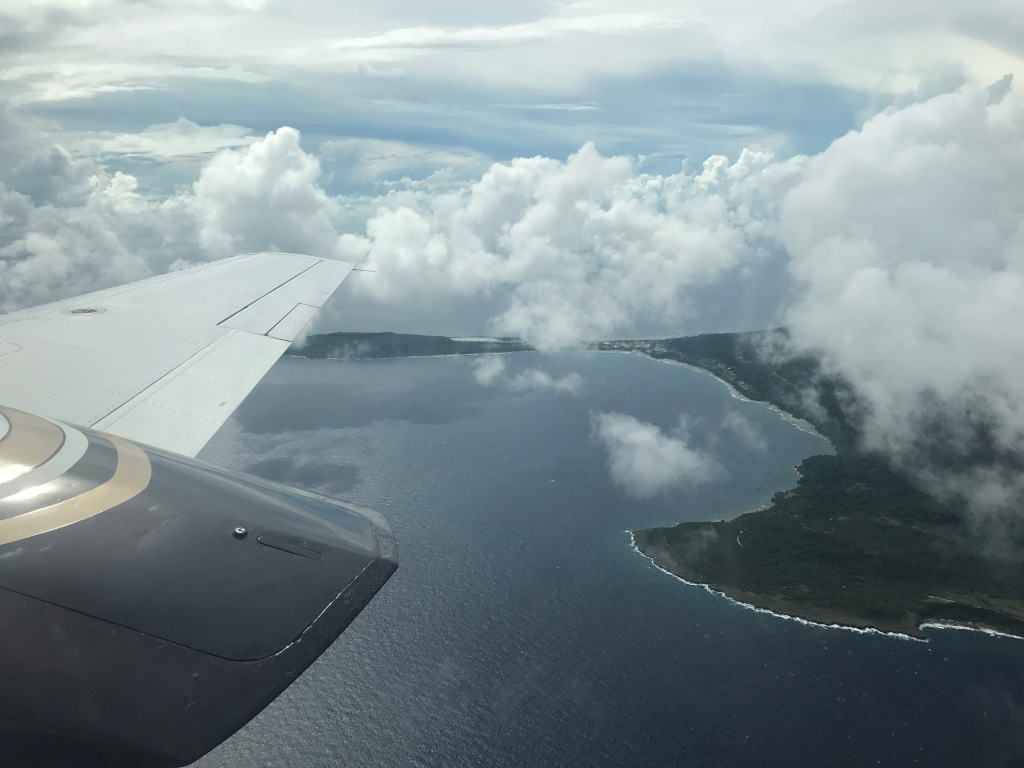
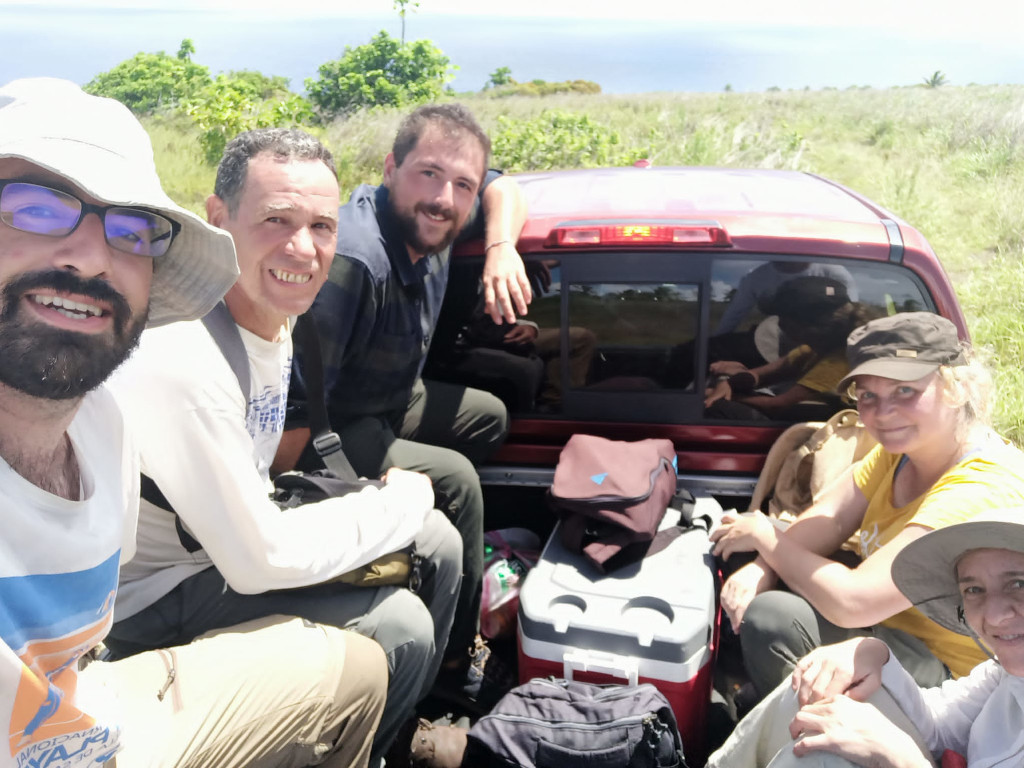
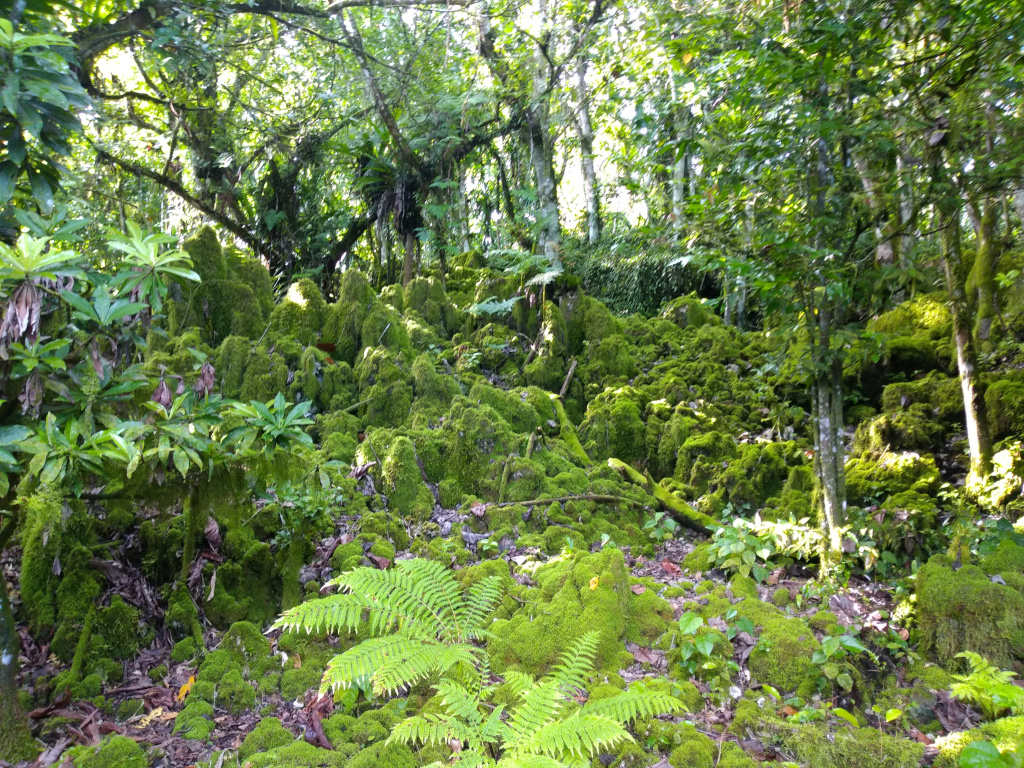
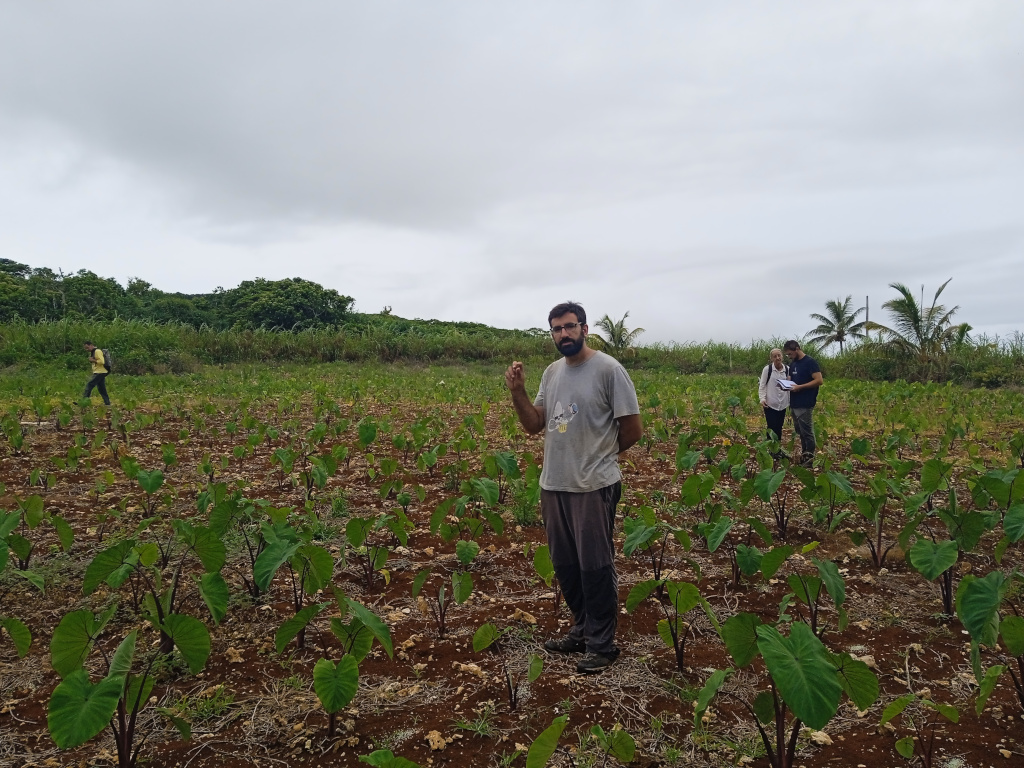
Funding
PI María Cruz Berrocal, 2024 «Hålomtåno»: Chamorro past and future inland on Rota, Commonwealth of the Northern Mariana Islands». The National Geographic Society, USA
PI María Cruz Berrocal, 2018-2020 “An Archaeology of first European contact in the Pacific”. Research Grants Programme – Individual Proposal GZ: CR 613/1-1. Projektnummer 395237127. Deutsche Forschungsgemeinschaft (DFG). Extended to 2023 due to Covid-19 travel restrictions
The project was initially for the 2018-2020 period, and developed on Alofi. But it had to be extended to 2023 due to the 2020 pandemic, and our case study shifted to Rota.
Team
Rota22 was carried out by María Cruz Berrocal, Eduardo Arancón Torrecilla, Alex Chevalier (Royal Belgian Institute of Natural Sciences, Belgium), Adrián García Rojo, Jesús García Sánchez (Instituto de Arqueología de Mérida, Spain), María Martín Seijo (Universidad de Cantabria, Spain), Olaia Granizo Candelas, Manuel Presas Vías, and Eva Redondo Gómez.
James Manglona and James Bamba (CNMI Department of Lands & Natural Resources, Forestry section Rota) were our guides, teachers and friends on Rota.
Trinity Mesiah Sablan, Eloy Ayuyu, Dwayne Maratita, Antonelli Rosario, Julita Calvo and Rita Chong de la Cruz (Historic Preservation Office CNMI) supported our work.
Outreach and publications (ongoing)
2024 Cruz Berrocal, M., García Sánchez, J., García Rojo, A., Martín Seijo, M., Redondo, E., and James Bamba. Archaeological and archaeobotanical advances to the survey program on Rota, CNMI, 2022. Workshop Ancient Sites and Traditions of Micronesia (organized by Michael Carson). Micronesian Area Research Center (MARC), University of Guam, 15 – 16 March 2024. Recorded for Guam Broadcasting.
2023 Berihuete, M., Martín, M., Cruz Berrocal, M. Experimenting and scratching everything is starting. Experimental archaeology to understand food remains. The case of Taipingot, Rota, Northern Mariana Islands. International workshop The Missing Plants: emerging methodological approaches to vegetal remains in archaeology. Org. by M. Martín, M. Cruz Berrocal, S. Romero, A. García. Universidad de Cantabria, Spain. June 29-30
2023 Cruz Berrocal, M. Lecture “An archaeology of early modern colonialism in the Pacific. Preliminary investigations on Rota (CNMI)”. Transpacific Lecture Series, org. Angela Schotenhammer, UKLeuven. Netherlands. April 28
2022 Cruz Berrocal, M., Bamba, J., Arancón, E., Archaeology inland: Fieldwork in Rota (CNMI) on 2022. MARC Research Lecture Series. 2022. Local Focus, Global Projects, December 8
2022 María Cruz Berrocal, Adrián García Rojo, Jesús García Sánchez, María Martín Seijo, Eva Redondo Gómez 2023 FIELD REPORT ROTA (Commonwealth of the Northern Mariana Islands) 2022. Historic Preservation Office Saipan and Rota, CNMI
References
MCB kindly thanks Frank Quimby his insights to prepare this section.
Hezel, F.X., Driver, M.C. 1988 From Conquest to Colonization: Spain in the Marianas 1690-1740. The Journal of Pacific History 23(2): 137-155.
